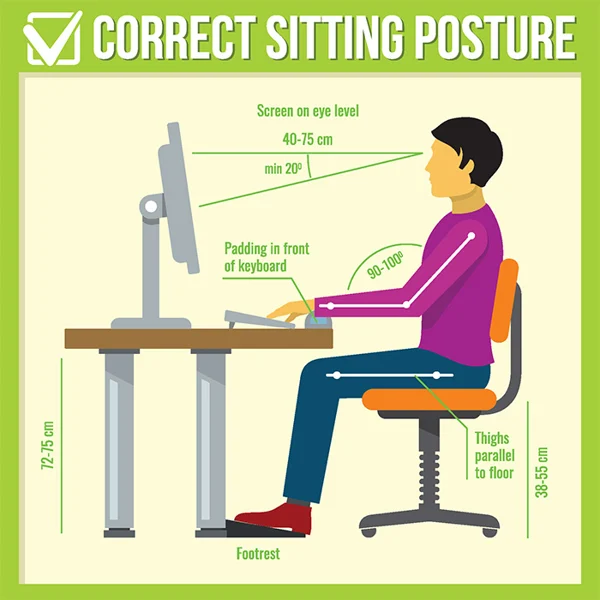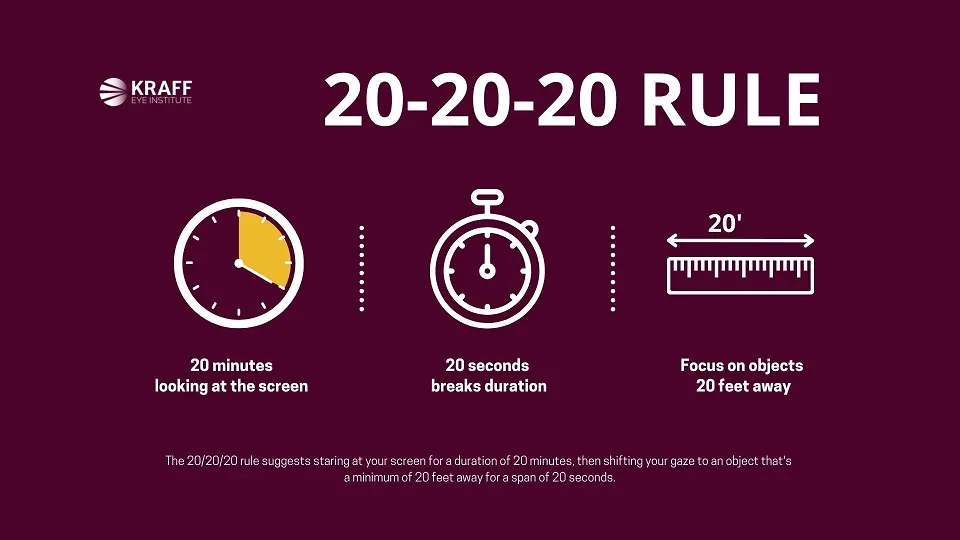Protecting Your Eyes in a Screen-Saturated World
In today’s digital age, screens are an integral part of our lives, giving rise to a silent epidemic: digital eye strain. Once an overlooked concern, it has swiftly escalated into a major public health issue affecting millions globally.
As we increasingly rely on digital devices for work, education, and socializing, the stakes for our eye health become ever higher.
The Alarming Rise of Digital Eye Strain
Recent studies reveal that as many as 50% of computer users may experience digital eye strain. Symptoms like dryness, watering, itching, burning, and blurred or double vision are not merely nuisances; they can signal chronic conditions that negatively impact quality of life and productivity.
The COVID-19 pandemic has only intensified this problem, with lockdowns and social distancing leading to unprecedented screen time and a corresponding rise in visual disturbances and ocular issues.

The Hidden Impact of Excessive Screen Time
What happens to our eyes during prolonged screen exposure? Our blink rate decreases, and we strain to focus on near objects for extended periods, triggering a range of ocular problems—from mild irritation to chronic dryness.
Symptoms of digital eye strain can be diverse and often subtle. They include noticeable signs like eye fatigue and blurred vision, as well as less obvious ones such as headaches and neck pain. If ignored, these symptoms can persist and become debilitating.
Contrary to common fears, the blue light from screens isn’t the main culprit for digital eye strain. While it can contribute to fatigue and disrupt sleep, there’s no strong evidence linking it to permanent eye damage. The real issues stem from poor ergonomics, prolonged near-focus work, and infrequent blinking.

Simple Strategies for Eye Protection
How can we safeguard our vision in a predominantly screen-based world? A multifaceted approach is key, involving behavioral changes, environmental adjustments, and medical interventions when necessary.
Embrace the 20-20-20 Rule
One effective strategy is the 20-20-20 rule: every 20 minutes, take a 20-second break to look at something 20 feet away. This brief pause helps relax your eye muscles and alleviates the strain from constant near focus. While rigorous studies on this rule are limited, the principle of taking regular breaks is well-supported.

Optimize Your Environment
Your surroundings significantly influence ocular comfort during screen use. Ensure proper lighting, humidity, and air quality to enhance eye health. Position adjustable lamps to direct light away from your eyes, use a humidifier to keep moisture levels up, and consider an air purifier to reduce airborne irritants.
Ergonomic Adjustments Matter
Proper screen placement is crucial. Position your monitor at arm’s length and slightly below eye level to minimize neck strain. Increase font sizes to reduce squinting, and ensure your chair offers solid back support for maintaining good posture.
Seek Professional Help When Needed
If you experience ongoing symptoms, consulting an eye care professional is essential. Comprehensive exams can uncover issues like refractive errors—conditions that prevent light from focusing correctly, leading to blurry vision—or dry eye disease.
Ocular specialists can prescribe tailored treatments, such as specialized eyewear or medications for specific eye health concerns.
Innovative Solutions on the Horizon
Exciting new therapies are emerging to manage digital eye strain more effectively. Novel TRPM8 agonists show promise in relieving dry eye discomfort by activating cooling receptors on the eye’s surface.
Wearable biosensors designed to monitor tear fluid biomarkers are also in development, providing real-time insights into ocular surface health and potentially transforming how we diagnose and treat eye conditions.
Your Vision: An Invaluable Asset
In this digital landscape, taking proactive steps to protect your vision is essential. By recognizing the signs of digital eye strain, employing protective strategies, and seeking timely professional care, you can significantly mitigate the risks of a screen-dependent lifestyle.
The challenges posed by digital eye strain are manageable. With awareness and commitment to eye health, we can reap the benefits of technology without compromising our vision.
As we move forward, incorporating eye-friendly technologies and ergonomic designs into our digital devices may provide even greater protection.
In the meantime, remember to take breaks, blink frequently, and don’t hesitate to consult a professional if symptoms persist. These simple actions can lead to clearer, more comfortable vision in our screen-dominated world.



